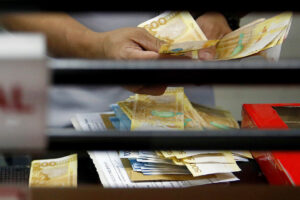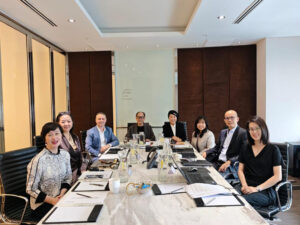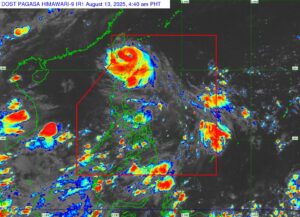CREDIT DEMAND in emerging Asia could be dampened by trade uncertainties, S&P Global Ratings said, but bank lending in the Philippines has remained resilient despite these headwinds.
“There are signs of a softening momentum in the private sector’s demand across the region. For a few months now, credit growth across several emerging market (EM) Asian economies has been slowing,” the credit rater said in its Emerging Markets Monthly Highlights report dated July 16.
“The Philippines and Vietnam are notable exceptions where credit growth has picked up,” it added.
Bank lending rose by 11.3% year on year to P13.37 trillion as of May from P12.02 trillion, faster than the 11.2% expansion in April, latest data from the Bangko Sentral ng Pilipinas (BSP) showed.
S&P Global said the slower demand for credit in the region seen early this year was largely due to central banks keeping a tighter monetary policy since 2024.
“Now with inflation low and stable in EM Asia, central banks have been lowering policy rates this year with an eye on weaker private sector’s growth momentum,” it said.
“This should help mitigate the credit growth slowdown during the second half of the year.”
The BSP’s policy-setting Monetary Board has brought down benchmark interest rates by a cumulative 125 basis points (bps) since it started its easing cycle in August last year. Last month, it delivered a second straight 25-bp cut that brought the policy rate to 5.25%.
BSP Governor Eli M. Remolona, Jr. has signaled the possibility of two more rate cuts this year.
The debt watcher flagged several risks that could affect credit appetite in emerging Asia.
“We expect credit conditions in EMs to continue to face significant headwinds, especially as the indirect effects of tariffs, namely slower investment and global growth, become more evident,” S&P Global said.
A risk chart showed that increasing protectionism disrupting trade flows is a “very high” risk for EMs.
“Exposure to the higher proposed US tariffs varies across the major EMs — it is the highest in Mexico and Asia. In most of the rest of the EMs, the impact of US tariffs will be felt indirectly in the form of uncertainty on investment and a potential weakening in global demand,” it added.
Other headwinds such as escalating geopolitical conflicts, volatile market conditions, and slowing exports were tagged as “high” risks.
It also cited elevated structural risks, such as climate change and frequent natural disasters, as well as the rising threat of cyberattacks.
“Biggest downside risks are uncertainty about US trade policy, further escalation in geopolitical risk, rising long-term government yields, and fiscal challenges across several EMs,” it said. — Luisa Maria Jacinta C. Jocson






